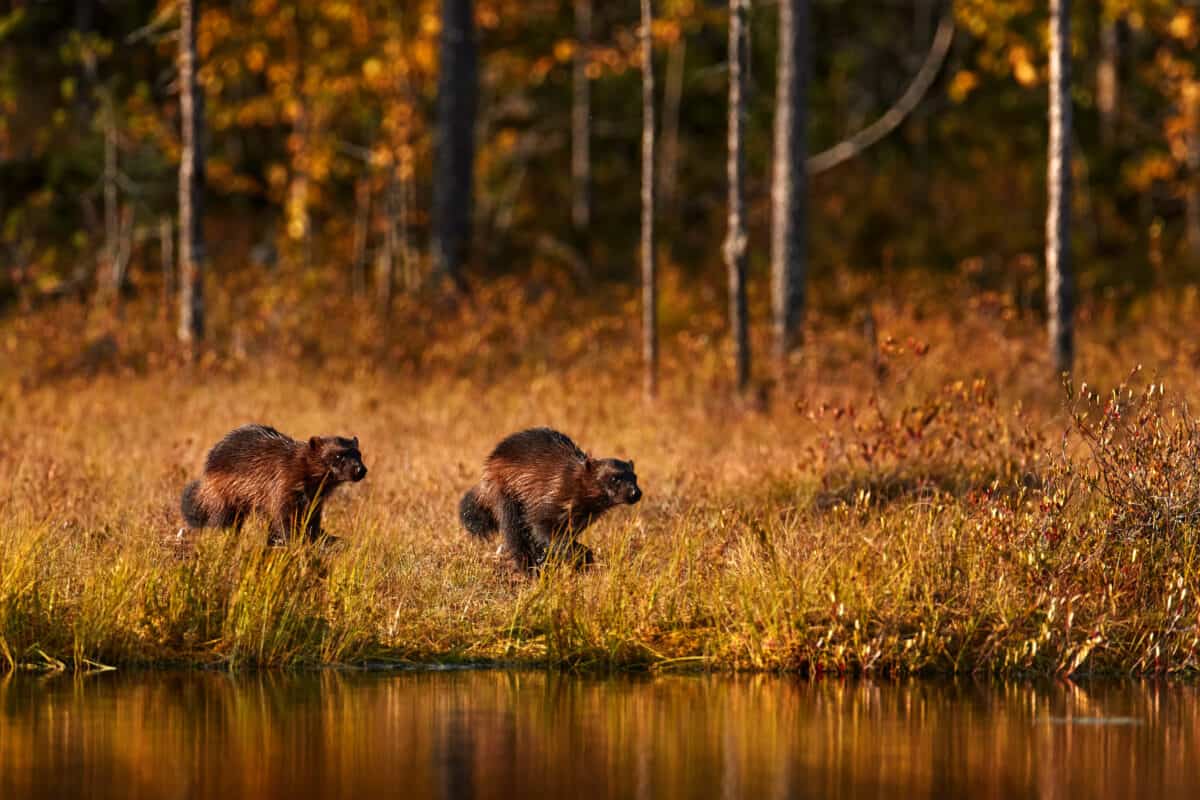It was in Eugene, Oregon, a city surrounded by the mighty Cascade Mountains and intertwined with the Willamette River, where a Wolverine was filmed running down streets and into properties.
To put into context how out of the ordinary this sighting was, only 300 are estimated to be roaming across America, suggesting there to be a handful left – if that – in Eugene alone. Another factor is that they’re primarily nocturnal, making a daytime spotting even more bizarre (and special).
Local news labelled this “one of the rarest animal sightings ever” – on the basis that there’s only around 300 left in the wild, I don’t think they’re only referring to Oregon.
In June 2023, down south in Yosemite National Park, California, a wolverine was captured for the first time in almost a century. Before that, only one had been spotted, dating back to the 1920s.

While wildlife is abundant in Eugene, critically endangered animals seem to avoid city lights and pedestrians, often residing in the mountains, far from anyone. The city, which seems to home more trees than houses, usually encounters turkey, deer and foxes. I’m sure the wolverine would’ve ‘licked it’s lips’ at the sight of a big bird.
There are multiple reasons why the furry animal was seen foraging through urban terrain. Unfortunately, a growing trend is emerging amongst wildlife: hunting patterns are beginning to shift. We’ve seen it with leopards, who’ve been seen hunting later in the night to avoid rising temperatures. Could this wolverine have been doing something similar, but in reverse?
Another consideration is that food is becoming scarce in the wilderness, forcing desperate animals to look elsewhere. Again, this is being recorded with bears, birds and now, possibly a lonely wolverine.
“Neighbors surprised by wolverine sighting in Eugene”, Source: Youtube, Uploaded: KEZI 9
What Do Wolverine’s Eat?

Like most animals, if push comes to shove, wolverines will eat almost all anything, meaning these opportunistic hunters can adapt to most situations. Their menu spans from small rodents like mice and voles to larger prey such as rabbits and ground squirrels – if they can catch it, they’ll eat it.
When food is scarce, they scavenge carrion and feast on the remains of larger animals like deer or moose, capable of taking down prey much larger than themselves when necessary. They’re also known to raid bird nests for eggs and chicks. Their robust appetite and ability to exploit various food sources make them top predators in their ecosystems, sustaining their wild and untamed nature.

If you wish to continue reading, you may enjoy these:
- Watch: Second Yosemite Wolverine Sighted After Almost a Century
- Watch: Brave Wolverine Takes On A Massive Bear
- Witness the Wolverine’s Clash with a Wolf
Join our Forum for free today!

- Second American Killed by Elephant in Zambia This Year - July 22, 2024
- Elderly Man Kills Grizzly Bear in Montana - July 22, 2024
- Missing Cat Found Weeks Later, 40 Miles Away - July 21, 2024


